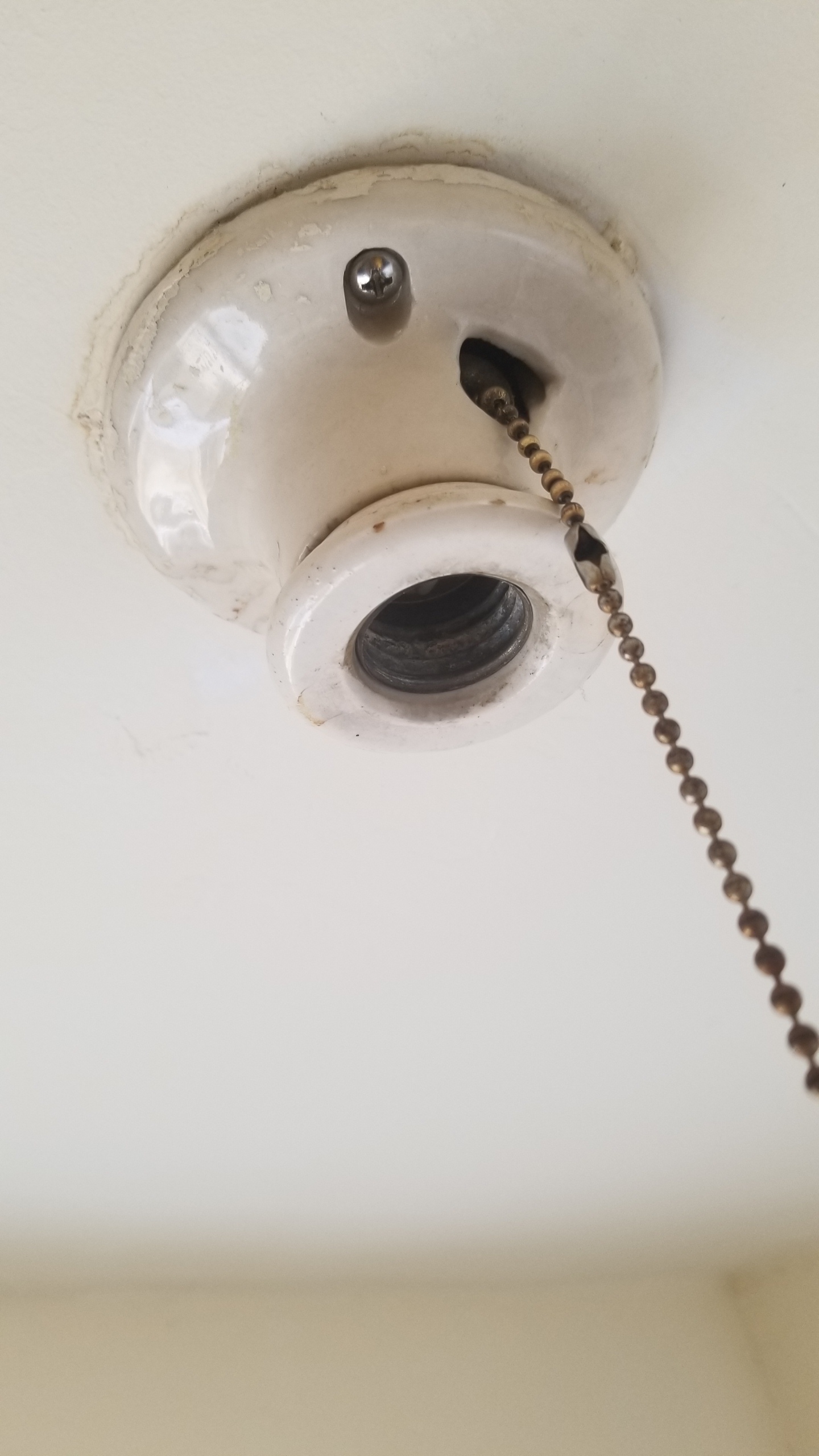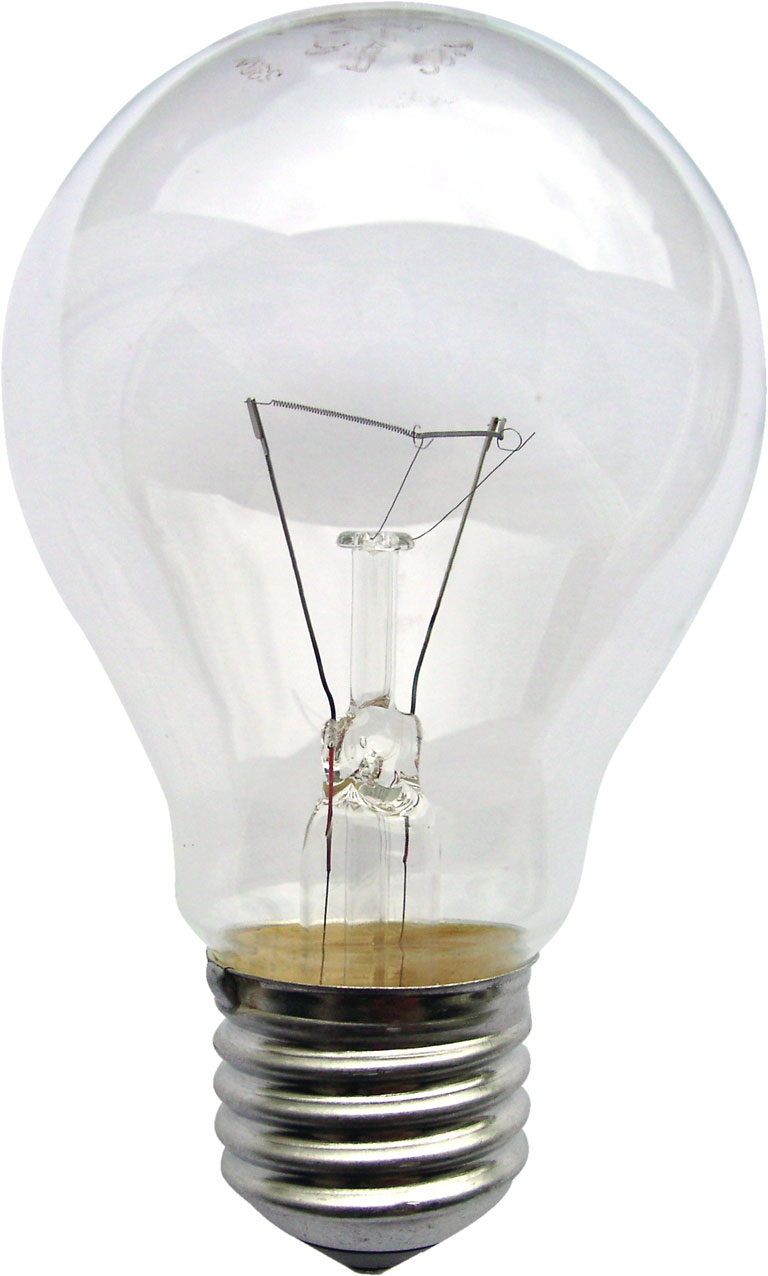|
3-way Lamp
A 3-way lamp, also known as a tri-light, is a lamp that uses a 3-way light bulb to produce three levels of light in a ''low-medium-high'' configuration. A 3-way lamp requires a 3-way bulb and socket, and a 3-way switch. Unlike an incandescent lamp controlled by a dimmer, each of the filaments operates at full voltage, so the color of the light does not change between the three steps of light available. Certain compact fluorescent lamp bulbs are designed to replace 3-way incandescent bulbs, and have an extra contact and circuitry to bring about similar light level. In recent years, LED three way bulbs have become available as well. Lamp bulbs with dual (carbon) filaments were built as early as 1902 to allow adjustable lighting levels. retrieved March 11, 2017 Three-way bulbs [...More Info...] [...Related Items...] OR: [Wikipedia] [Google] [Baidu] |
Light Socket
A lightbulb socket, lightbulb holder, light socket, lamp socket or lamp holder is a device which mechanically supports and provides electrical connections for a compatible electric Lamp (electrical component), lamp base. Sockets allow lamps to be safely and conveniently replaced (re-lamping). There are many different standards for lampholders, including early ''de facto'' standards and later standards created by various standards bodies. Many of the later standards conform to a general coding system in which a socket type is designated by a letter or abbreviation followed by a number. The most common type of sockets for mains electricity are Edison screws, used in continental Europe and North America, while bayonet mounts dominate in the Commonwealth of Nations, Commonwealth countries, except Canada, and in the automotive industry. Fluorescent lamps typically require a two-pin, unthreaded socket. Not all lamps require a socket. For example, some miniature lamps have wire leads ... [...More Info...] [...Related Items...] OR: [Wikipedia] [Google] [Baidu] |
Lamp (electrical Component)
An electric light, lamp, or light bulb is an electrical component that produces light. It is the most common form of artificial lighting. Lamps usually have a base made of ceramic, metal, glass, or plastic, which secures the lamp in the socket of a light fixture, which is often called a "lamp" as well. The electrical connection to the socket may be made with a screw-thread base, two metal pins, two metal caps or a Bayonet mount, bayonet cap. The three main categories of electric lights are incandescent lamps, which produce light by a Incandescent light bulb#Filament, filament heated white-hot by electric current, gas-discharge lamps, which produce light by means of an electric arc through a gas, such as fluorescent lamps, and LED lamps, which produce light by a flow of electrons across a band gap in a semiconductor. Before electric lighting became common in the early 20th century, people used candles, gas lighting, gas lights, oil lamps, and fires. Vasily Vladimirovich Petr ... [...More Info...] [...Related Items...] OR: [Wikipedia] [Google] [Baidu] |
Electrical Circuit
An electrical network is an interconnection of electrical components (e.g., batteries, resistors, inductors, capacitors, switches, transistors) or a model of such an interconnection, consisting of electrical elements (e.g., voltage sources, current sources, resistances, inductances, capacitances). An electrical circuit is a network consisting of a closed loop, giving a return path for the current. Linear electrical networks, a special type consisting only of sources (voltage or current), linear lumped elements (resistors, capacitors, inductors), and linear distributed elements (transmission lines), have the property that signals are linearly superimposable. They are thus more easily analyzed, using powerful frequency domain methods such as Laplace transforms, to determine DC response, AC response, and transient response. A resistive circuit is a circuit containing only resistors and ideal current and voltage sources. Analysis of resistive circuits is less complicated ... [...More Info...] [...Related Items...] OR: [Wikipedia] [Google] [Baidu] |
Multiway Switching
In building wiring, multiway switching is the interconnection of two or more electrical switches to control an electrical load from more than one location. A common application is in lighting, where it allows the control of lamps from multiple locations, for example in a hallway, stairwell, or large room. In contrast to a simple light switch, which is a single pole, single throw (SPST) switch, multiway switching uses switches with one or more additional contacts and two or more wires are run between the switches. When the load is controlled from only two points, single pole, double throw (SPDT) switches are used. Double pole, double throw (DPDT) switches allow control from three or more locations. In alternative designs, low-voltage relay or electronic controls can be used to switch electrical loads, sometimes without the extra power wires. Three-way and four-way switches The controlled load is often a lamp, but multiway switching is used to control other electrical loads ... [...More Info...] [...Related Items...] OR: [Wikipedia] [Google] [Baidu] |
Pull-chain Switch
A pull switch, also known as pull-cord switch, or light pull, or pull chain is a switch that is actuated by means of a chain or string. An electric pull switch is attached to a toggle type switch: one pull to switch on and next pull to switch off. It was invented by Harvey Hubbell, who was granted its patent in 1896. The most common use of a pull switch is to operate a ceiling electric light. The ceiling fan and mechanical wall fans are also appliances often operated by pull switches. Pull switches may be either two-position (open or closed) or multi-position (allowing for different fan speeds or levels of illumination). Mounted inside a pull switch, there could be two types of two-position toggle switches. (In both cases the stable physical open- or closed -situation would be switch in outer and string in upper position.) One type would switch to closed (alternatively open) already during the initial pull in the string. The other type would switch to closed (or open) only ... [...More Info...] [...Related Items...] OR: [Wikipedia] [Google] [Baidu] |
Rotary Switch
A rotary switch is a switch operated by rotation. These are often chosen when more than 2 positions are needed, such as a three-speed fan or a CB radio with multiple frequencies of reception or "channels". A rotary switch consists of a spindle or "rotor" that has a contact arm or "spoke" which projects from its surface like a cam. It has an array of terminals, arranged in a circle around the rotor, each of which serves as a contact for the "spoke" through which any one of a number of different electrical circuits can be connected to the rotor. The switch is layered to allow the use of multiple poles; each layer is equivalent to one pole. Alternatively the rotation can be limited to a fraction (half; third etc.) of a circle and then each layer can have multiple (two; three etc.) poles. Usually, such a switch has a detent mechanism so it "clicks" from one active position to another rather than stalls in an intermediate position. Thus a rotary switch provides greater pole and t ... [...More Info...] [...Related Items...] OR: [Wikipedia] [Google] [Baidu] |
Floor Lamp
A floor is the bottom surface of a room or vehicle. Floors vary from simple dirt in a cave to many layered surfaces made with modern technology. Floors may be stone, wood, bamboo, metal or any other material that can support the expected load. The levels of a building are often referred to as floors, although a more proper term is storey. Floors typically consist of a subfloor for support and a floor covering used to give a good walking surface. In modern buildings the subfloor often has electrical wiring, plumbing, and other services built in. As floors must meet many needs, some essential to safety, floors are built to strict building codes in some regions. Special floor structures Where a special floor structure like a floating floor is laid upon another floor, both may be called subfloors. Special floor structures are used for a number of purposes: * Balcony, a platform projecting from a wall * Floating floor, normally for noise or vibration reduction * Glass floo ... [...More Info...] [...Related Items...] OR: [Wikipedia] [Google] [Baidu] |
Electrical Contact
An electrical contact is an electrical circuit component found in electrical switches, relays, connectors and circuit breakers. Each contact is a piece of electrically conductive material, typically metal. When a pair of contacts touch, they can pass an electrical current with a certain contact resistance, dependent on surface structure, surface chemistry and contact time; when the pair is separated by an insulating gap, then the pair does not pass a current. When the contacts touch, the switch is ''closed''; when the contacts are separated, the switch is ''open''. The gap must be an insulating medium, such as air, vacuum, oil, SF6. Contacts may be operated by humans in push-buttons and switches, by mechanical pressure in sensors or machine cams, and electromechanically in relays. The surfaces where contacts touch are usually composed of metals such as silver or gold alloysMatsushita Electronics, "Relay Techninal Information: Definition of Relay Terminology", § Contact, http ... [...More Info...] [...Related Items...] OR: [Wikipedia] [Google] [Baidu] |
Incandescent Light Bulb
An incandescent light bulb, incandescent lamp or incandescent light globe is an electric light with a wire filament heated until it glows. The filament is enclosed in a glass bulb with a vacuum or inert gas to protect the filament from oxidation. Current is supplied to the filament by terminals or wires embedded in the glass. A bulb socket provides mechanical support and electrical connections. Incandescent bulbs are manufactured in a wide range of sizes, light output, and voltage ratings, from 1.5 volts to about 300 volts. They require no external regulating equipment, have low manufacturing costs, and work equally well on either alternating current or direct current. As a result, the incandescent bulb became widely used in household and commercial lighting, for portable lighting such as table lamps, car headlamps, and flashlights, and for decorative and advertising lighting. Incandescent bulbs are much less efficient than other types of electric lighting, converting les ... [...More Info...] [...Related Items...] OR: [Wikipedia] [Google] [Baidu] |
Edison Screw
Edison screw (ES) is a standard lightbulb socket for electric light bulbs. It was developed by Thomas Edison (1847–1931), patented in 1881, and was licensed in 1909 under General Electric's Mazda trademark. The bulbs have right-hand threaded metal bases (caps) which screw into matching threaded sockets (lamp holders). For bulbs powered by AC current, the thread is generally connected to neutral and the contact on the bottom tip of the base is connected to the "live" phase. In North America and continental Europe, Edison screws displaced other socket types for general lighting. In the early days of electrification, Edison screws were the only standard connector, and appliances other than light bulbs were connected to AC power via lamp sockets. Today Edison screw sockets comply with international standards. History In the United States, early manufacturers of incandescent lamps used several different and incompatible bases in the 1880s and 1890s. In designing his screw, Edis ... [...More Info...] [...Related Items...] OR: [Wikipedia] [Google] [Baidu] |
3Way Bulb Diagram
3WAY FM (ACMA callsign: 3WAY) is an Australian community radio station based in Warrnambool, Victoria. Established in 1990, it broadcasts on frequency 103.7 FM and is a member of the Community Broadcasting Association of Australia. TOM AND ALEX References External links *3WAY FM on CBAA The Community Broadcasting Association of Australia (CBAA) is the peak body and the national representative organisation for community radio and television stations in Australia. The CBAA provide leadership, advocacy and support for members to ac ... website Community radio stations in Australia Radio stations in Victoria Radio stations established in 1990 1990 establishments in Australia {{Australia-radio-station-stub ... [...More Info...] [...Related Items...] OR: [Wikipedia] [Google] [Baidu] |






